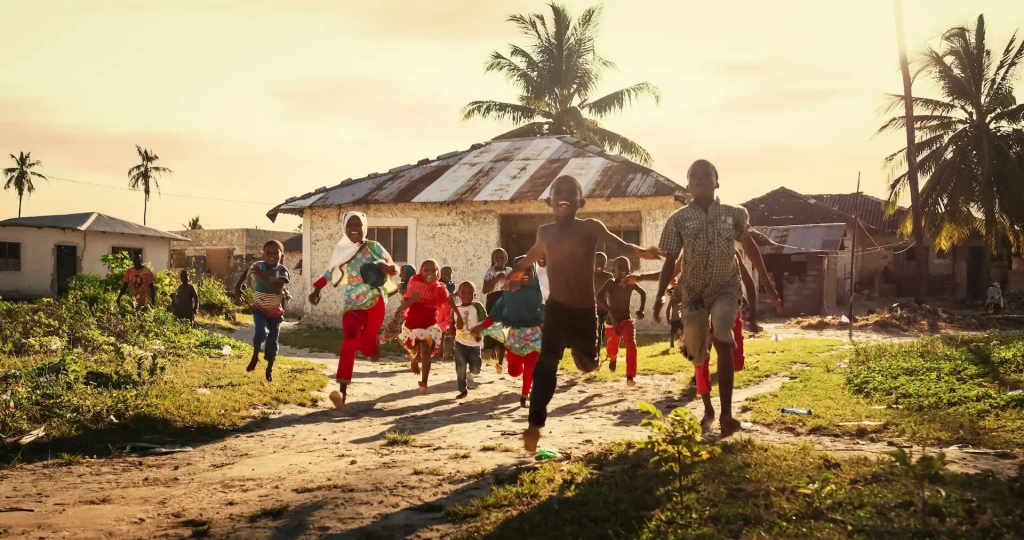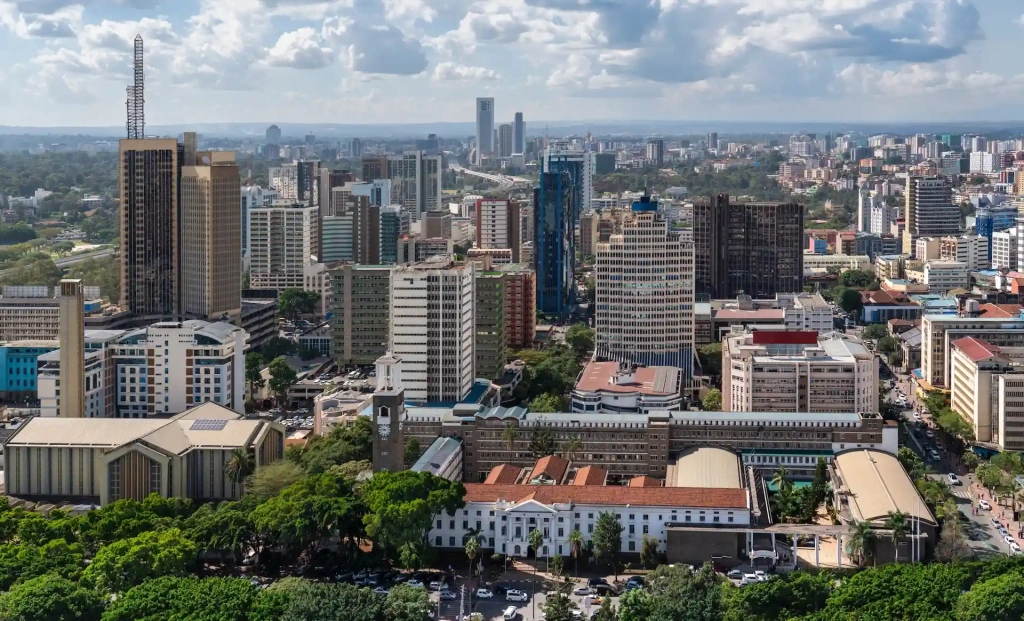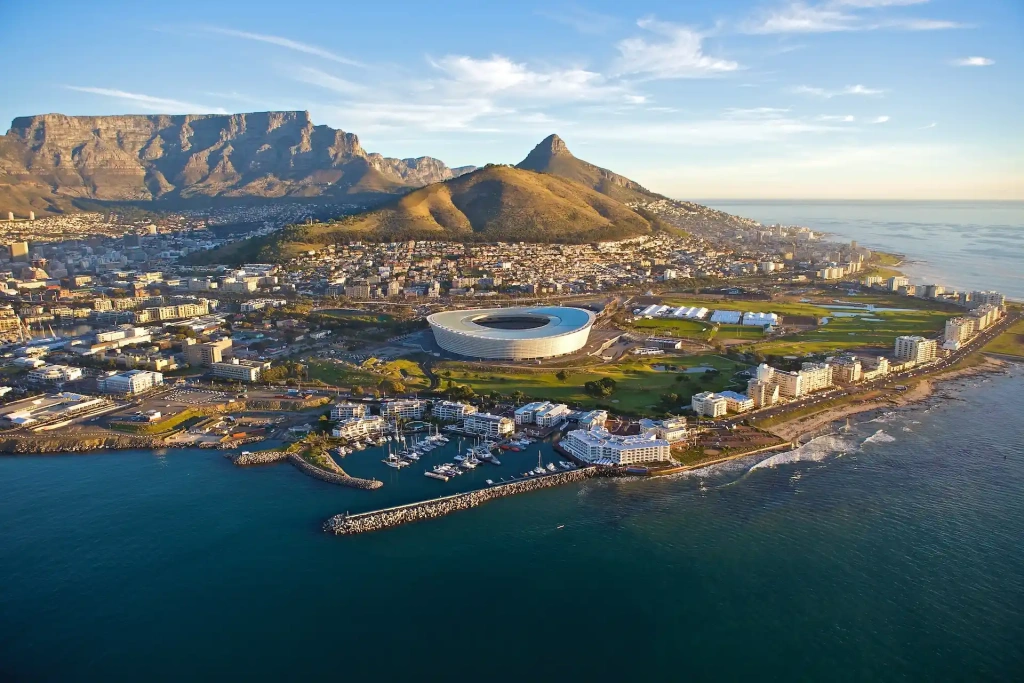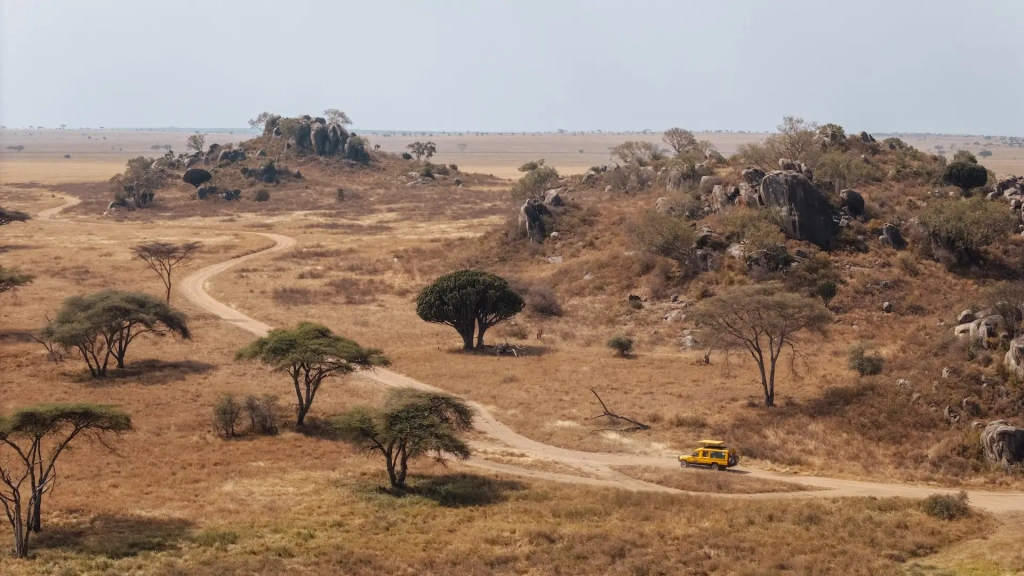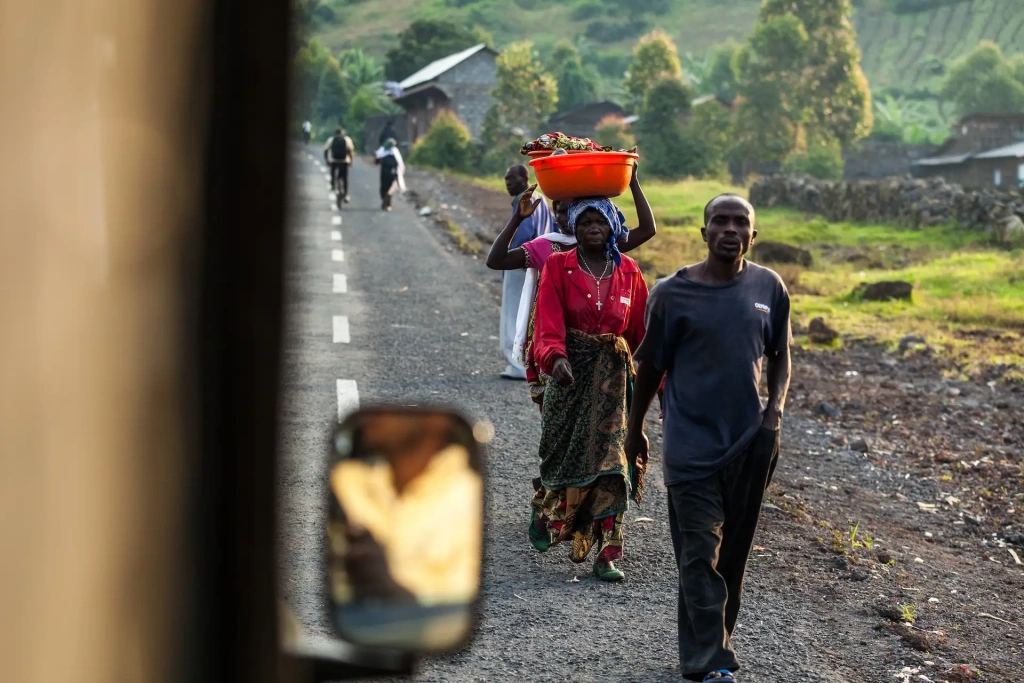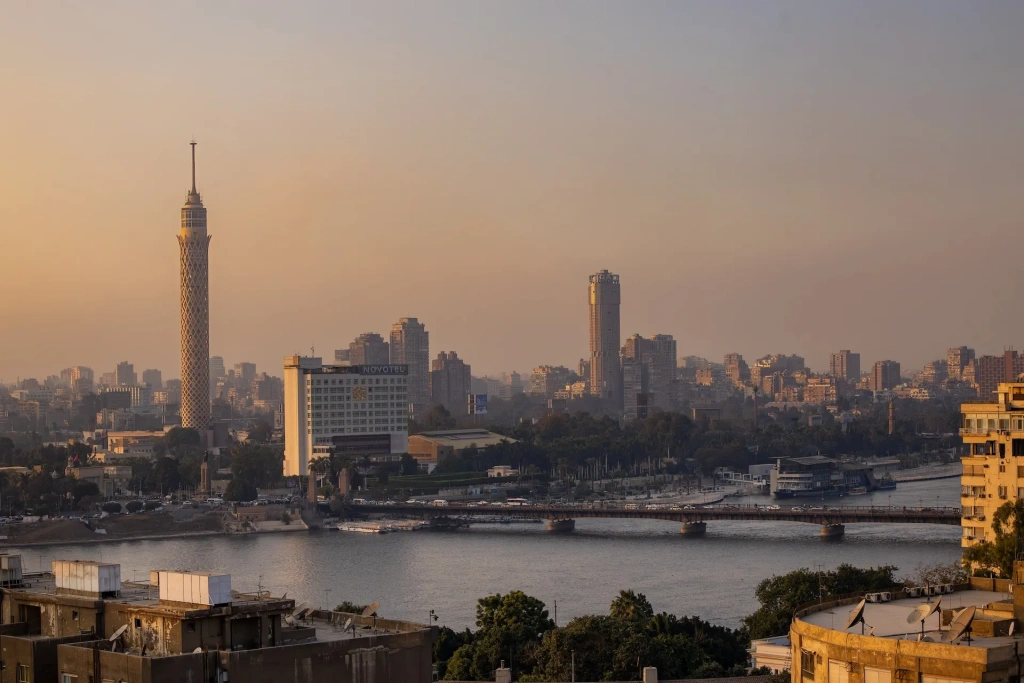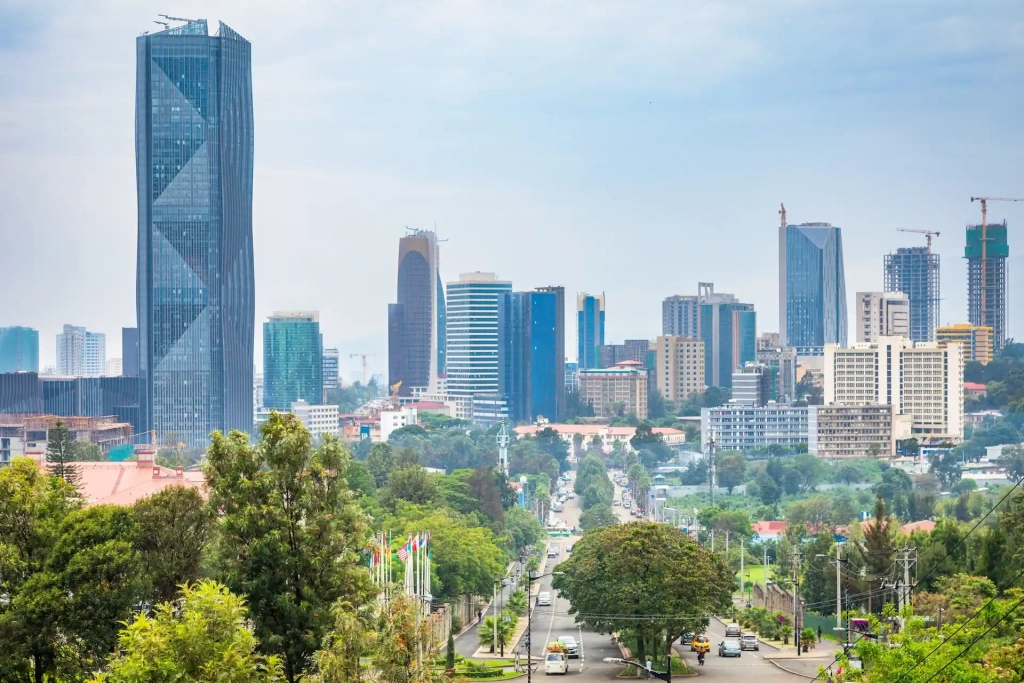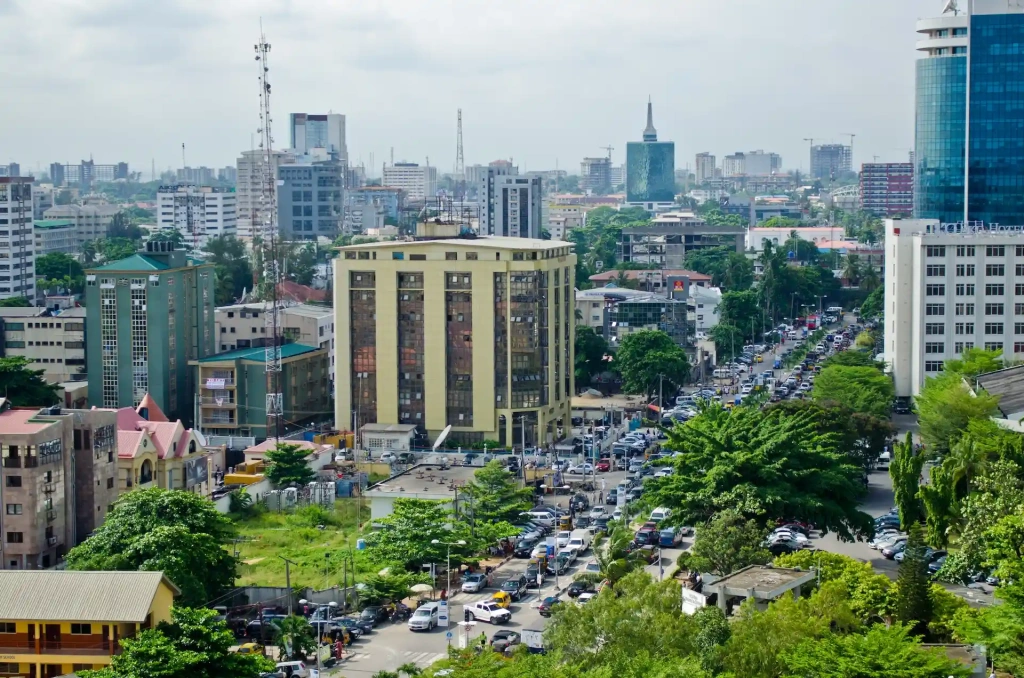Africa is home to roughly 18.3% of the world population, making it the second most populous continent after Asia. As of February 2025, its population exceeds 1.5 billion, with nearly half living in Nigeria (235.8 million), Ethiopia (134.2 million), Egypt (117.7 million), the Democratic Republic of the Congo (111.5 million), and Tanzania (69.8 million). In this report by Altezza Travel, you will learn more about the most densely populated African countries, their economic and social affairs, and what life is like there.
Each year, Africa's population grows by more than 2%, with countries like Niger and DR Congo exceeding 3%. Demographers predict that by 2050, Africa’s population could reach 2.5 billion. Such high birth rates make the continent exceptionally young but are often coupled with low life expectancy and high poverty. According to the , over 438 million people (29%) live in extreme poverty, surviving on $2.15 per day. Let's explore this in detail.
African countries by population (2025)
Top 7 African countries by population
In preparing this material, we used analytical reports from Statista, measurements by the international project Worldometer*, economic data from Global Finance, studies from World Poverty, the World Happiness Report**, and data from Population Stat, which compiles and systematizes information published by the World Bank and the United Nations.
*Worldometer is managed by an international team of researchers and developers. The American Library Association, the world’s oldest and largest library association, recognizes it as one of the best reference sites. Its statistics are used by leading universities and corporations.
**The World Happiness Report is a joint project by Gallup, the Oxford Wellbeing Research Centre, and the UN. The ranking is based on surveys asking respondents to rate their lives on a scale from 0 (worst possible life) to 10 (best possible life). The research covers 143 countries. In 2024, Finland led with a score of 7.741, while Afghanistan was last at 1.721.
Below is our list of the top 7 African countries by population:
7. Kenya
- Population of Kenya: 57.1 million
- Capital: Nairobi (5 million)
- Happiness index: 4.470 | Ranked 114th worldwide
Kenya’s population at the time of writing is 57,151,749, over 14 million of whom live in extreme poverty. Approximately 86% of the poor reside in rural areas.
Overall, urban areas account for 31.9% of the population, with Nairobi, Kakamega (1.86 million), and Mombasa (1.37 million) being the largest cities. These figures grow annually; the median age is 20 years, and more young people leave rural areas for better infrastructure and opportunities. Many, indeed, succeed.
Kenya is the largest economy in sub-Saharan Africa. It occupies a strategic location in East Africa with major ports (like Mombasa) and a developed network of roads and railways, supporting active foreign trade. This makes Kenya attractive to foreign investment, especially in finance, communications technology, industry, and tourism. One popular destination is the Masai Mara National Reserve, where visitors can witness the Great Migration between late summer and early fall. Tourism significantly contributes to foreign exchange and creates employment.
Kenya's population is expected to reach 63.1 million by 2030 and 83.5 million by 2050.
6. South Africa
- Population of South Africa: 64.4 million
- Capitals: Cape Town (4.7 million) | Pretoria (1.6 million) | Bloemfontein (556 thousand)
- Happiness index: 5.422 | Ranked 83rd worldwide
South Africa is among the continent’s most developed economies and the world’s fastest-growing consumer market, home to 64,491,874 people. It is a leading exporter of gold, platinum, and other minerals and boasts established democratic institutions, a developed financial sector, and a skilled young workforce, with a median age of 28.7 years.
These strengths positively affect poverty levels: South Africa does not rank among the continent’s ten poorest countries, though poverty here often correlates with demographics. About 13.2 million people live in extreme poverty, 58% of whom reside in rural areas. Interestingly, despite having three capital cities, the largest city is Johannesburg, with around 6 million residents.
High crime rates hinder economic growth, making South Africa one of Africa’s most dangerous countries. The country’s population is forecasted to exceed 68 million by 2030 and reach 79.1 million by 2050.
5. Tanzania
- Population of Tanzania: 69.8 million
- Capitals: Dodoma (~200 thousand) | Dar es Salaam (5–7 million)
- Happiness index: 3.781 | Ranked 131st worldwide
Tanzania is among Africa’s most rapidly developing, fascinating, and safe countries. Renowned for unique attractions like Mount Kilimanjaro (5,895 m / 19,341 ft), Serengeti and Ngorongoro parks, and white-sand beaches along the Indian Ocean, among many other sites.
Its population stands at 69,861,351, with about 34% living in extreme poverty, mostly in rural areas. Although Dodoma is the official capital, Dar es Salaam remains the economic and cultural hub, quickly becoming one of Africa’s major cities. Mwanza (1.1 million) and Arusha (500–600 thousand) follow.
Key income sources include mining, agriculture, and foreign investments in finance, industry, and tourism—the latter significantly improving infrastructure and creating jobs, even in remote areas facing poverty and humanitarian crises.
Tanzania’s population is projected to reach 80.9 million by 2030 and 129 million by 2050. Median age is expected to rise from 17.5 years currently to 21.8 by mid-century.
4. Democratic Republic of the Congo
- Population of DR Congo: 111.5 million
- Capital: Kinshasa (16 million)
- Happiness index: 3.295 | Ranked 139th worldwide
The DRC is a country of paradoxes. Despite enormous reserves of natural resources (cobalt, copper, diamonds, gold), fertile land, rich biodiversity, and vast rainforests, it remains one of the world’s poorest and most dangerous states, with a population of 111,606,100.
Over 70% of Congolese live in extreme poverty, and fewer than 4% earn more than $6.85 per day. This situation largely stems from political instability, terrorism, and severe humanitarian crises. High birth rates exacerbate these issues, posing significant challenges to the economy, society, and environment. Still, the population is expected to double to around 218 million by 2050.
Kinshasa, the capital and one of the fastest-growing megacities globally, has approximately 16 million residents. Rapid urban growth has led to housing shortages, transport issues, and increasing informal employment.
3. Egypt
- Population of Egypt: 117.7 million
- Capital: Cairo (21.6 million)
- Happiness index: 3.977 | Ranked 127th worldwide
Third place belongs to Egypt—one of Africa’s safest and most prosperous nations. Strategically positioned between the Middle East and Europe, Egypt promotes international trade and attracts foreign investments.
With a total population of 117,739,255, only about 2% live in extreme poverty, despite roughly 60% residing in rural areas. The median age is 24.5 years, and life expectancy averages 71.81 years.
Egypt’s population is expected to exceed 127 million by 2030 and reach 161 million by 2050.
2. Ethiopia
- Population of Ethiopia: 134.2 million
- Capital: Addis Ababa (5.1 million)
- Happiness index: 3.861 | Ranked 130th worldwide
Ethiopia, one of the oldest countries with roots tracing back to ancient times, currently has a population of over 134,300,650. Around 12% of the population, primarily rural dwellers, live below the poverty line. Only 22.5% live in urban areas. Addis Ababa, Ethiopia’s economic center, hosts the headquarters of the .
Ethiopia is among Africa’s fastest-growing economies. High birth rates are expected to push the population above 225 million by 2050, creating infrastructural and healthcare challenges. Conversely, its large consumer market and affordable workforce attract significant foreign investment.
Agriculture remains the primary economic driver, but faces fundamental issues: Ethiopia lacks maritime access, complicating logistics, increasing transport costs, and bureaucratic overhead. Additionally, agriculture heavily depends on weather conditions and global commodity prices. Most employed Ethiopians work in this sector.
1. Nigeria
- Population of Nigeria: 235.8 million
- Capital: Abuja (3.5 million)
- Happiness index: 4.881 | Ranked 102nd worldwide
Nigeria is Africa’s most populous country, with 235,866,900 residents, nearly 3% of the global population. Located in West Africa, Nigeria borders Benin, Niger, Chad, and Cameroon. Lagos, its largest city, serves as the economic center and one of the fastest-growing global megacities, housing around 15.3 million people.
Nigeria's socio-economic conditions resemble those of DR Congo. Despite abundant natural resources and being a leading global oil exporter, Nigeria ranks poorly in poverty and crime rates. Over 72 million Nigerians survive on $2.15 daily, around 40 million earn $3.65, and a similar number earn $6.85 per day.
However, the situation is slowly improving. Although oil revenues dominate Nigeria’s GDP, the government actively promotes agriculture, manufacturing, finance, and IT/media sectors. Nevertheless, low living standards, unstable politics, and security concerns hinder growth and drive educated youths abroad.
By 2050, Nigeria’s population could reach 359.1 million, with median age rising from 18 years currently to 23.9 years, partly due to increased life expectancy — currently averaging 54.6 years.
All content on Altezza Travel is created with expert insights and thorough research, in line with our Editorial Policy.
Want to know more about Tanzania adventures?
Get in touch with our team! We've explored all the top destinations across Tanzania. Our Kilimanjaro-based adventure consultants are ready to share tips and help you plan your unforgettable journey.















